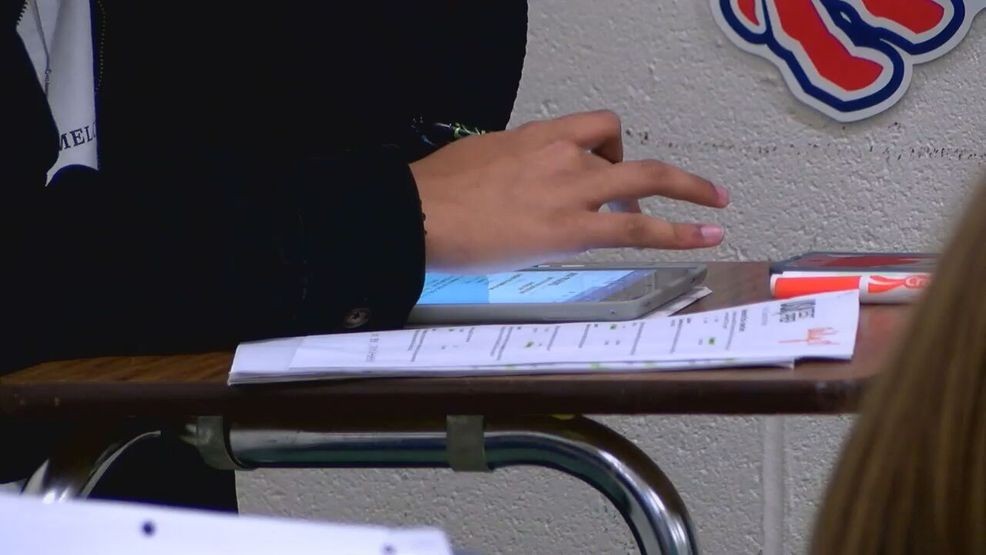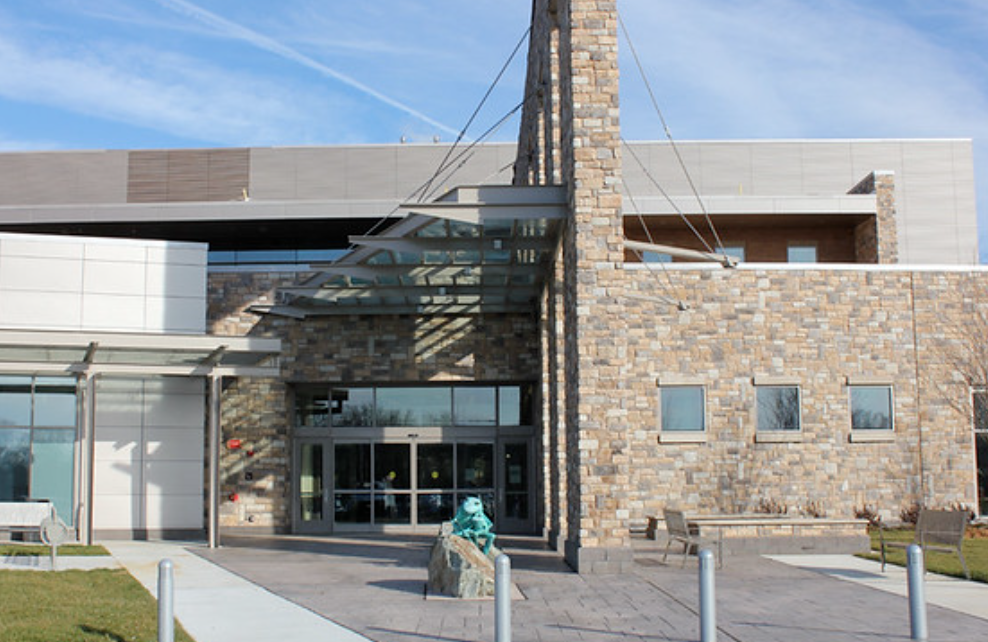For years, Marriott Ridge High School has held its Advanced Placement exams at a nearby church, providing students with a quiet and controlled environment. This year, however, the school has decided to hold AP exams on campus. While this change may seem practical, it has raised concerns among students about the potential for more distractions during these high-stakes exams.
AP exams, administered by the College Board, are known for their strict time limits and challenging content. For many students, a single distraction during the exam like a loud bell, student conversation or hallway footsteps could interrupt the testing process. Previously, MRHS students took their exams in a nearby church, which offered a calm and quiet atmosphere. This year, however, the exams will take place on campus in spaces like gyms or auxiliary gyms. These areas are designed for physical activities, but not for the quiet and focus needed during a high-pressure exam. In a timed exam, even small interruptions could put the focus of students in jeopardy.
“I would love it if I could take the AP exam in the same room as our classes, because studies show that taking the exam in the exact room where you learn the material puts you in the same mental environment; it’s easier to recall information,” says Junior Nikhil Maddirala. “But if they make us take the test in the gyms and there’s a bunch of stuff going on in the hallway that’s not going to be good at all.”
Maddirala’s remarks reflect the potential benefits of hosting AP tests at the school, where the quiet and temperature-controlled classrooms could be utilized to hold small groups of students as has been done for PSAT and MCAP testing in the past. However, the logistics of securing classrooms continuously for the duration of AP testing can prove to be a problem. The high volume of students taking tests like Calculus AB and precedent of gym usage set by other schools’ AP policies make the gyms the most likely location for test taking.
The stakes are high. AP exams often require students to complete detailed written responses within strict time limits, thus leaving little room for error. Even a small distraction could make a significant difference in how students perform, especially if they’re close to finishing when the bell rings or when they lose focus due to outside noise. Additionally, the gyms consistently have poor temperature regulation, and fail to block out noise from outside halls.
The decision to move AP testing back to the MRHS campus is part of the broader county policy directives aimed at creating equity among schools. Renting off-campus testing space is costly, and some schools may not have the budget to afford it. By holding exams at the school, the county hopes to provide equitable testing opportunities for all students, regardless of their school’s resources. Several of the schools within Howard County have been running exams within their school for years, due to a lack of funding or push to move to external testing facilities.
The change ignores one key detail about the College Board’s AP tests: all tests are graded and curved on national (and sometimes international) statistics. The removal of one school’s potential advantage against others in the county only serves to decrease its capabilities in the context of the national competition; the change in policy only serves to level the testing conditions for MRHS students with those of other schools in the county, but does not actually provide any benefit to those other schools; the changes made to one school’s testing environment are unlikely to affect any national curves. While the policy aims to make testing more accessible, it may not be the best solution.
True equity in education involves providing all students with the best possible opportunities to succeed based on their personal needs. Instead of making testing conditions potentially worse for students at MRHS, the county could explore ways to improve testing locations for all schools. Through this change, the county is taking a step back rather than truly increasing equity; a true strive for equity would involve providing aid so that all schools in the county can have remote testing locations. The changes are somewhat concerning in regards to the future of the county, as continual willingness to gamble away important educational hallmarks like the AP tests in the name of idealistic buzzwords could lead to the stagnation or deterioration of student quality of life over time.
The 2025 AP testing season at MRHS will be a trial year for this change. The school administration will hopefully monitor how the new on-campus testing locations impact students, as the change’s potential benefits and downsides are still purely speculative. If students find the new environment makes focus more difficult, they should feel a personal obligation to take action through means like petitioning their student member of the school board and contacting school administration to voice their concerns.
MRHS Switches to a New AP Testing Location
More to Discover
About the Contributor

Aaron Rodgers, Staff Writer
My name is Aaron Rodgers and I am a senior at MRHS. This is my first year in journalism; I can’t wait to be a part of this great community. In my free time, I enjoy playing Ice Hockey, feeding my pet frog Mort, and unicycling down the street. In addition, I run in track and field, perform in the musical theatre productions, and compete in ASTX Ice Cross.














